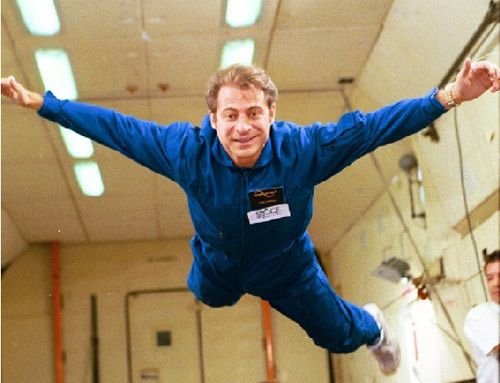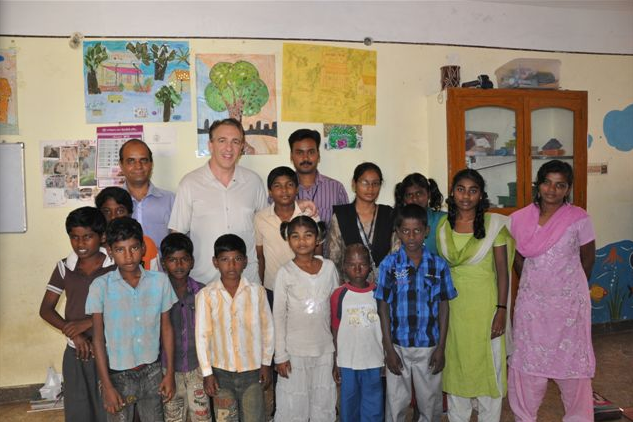Our Instincts Are Social
As discussed in the X-Factor Blog, I attended and spoke at the Nerve Conference in Atlanta just over a week ago and had a great time! We listened to some interesting speakers and  had a fun spending time with our EO friends and meeting some young aspiring entrepreneurs. The breakout went well! The X-Factor content leads to such powerful discussions and opens us up to the possibilities of creating breakthrough opportunities for our businesses.
had a fun spending time with our EO friends and meeting some young aspiring entrepreneurs. The breakout went well! The X-Factor content leads to such powerful discussions and opens us up to the possibilities of creating breakthrough opportunities for our businesses.
The conference theme “Dream, Challenge, and Lead” was inspiring. They kicked it off with video of Martin Luther King, Jr. Then a gentleman came up on stage looking like a young Dr. King and orated the “I Have a Dream” speech. What a powerful experience!
We later listened to the three young international workers that had been captured and held hostage for over a year because they had been hiking near Iran. It was seriously challenging to listen to them share their stories, let alone be in their situation for that amount of time. They spent much of the time in solitary confinement, and they spoke in depth about how incredibly difficult that was for them. Their stories on this hit me hard and reinforced how social a species we really are. When we don’t have human contact, we are driven to a psychological breaking point.
The natural instincts we have to be social would explain the success of social networking and the intrigue we have around the success of Facebook. So when we were told the Winklevoss Brothers were speaking, we packed the conference room. They came up with the idea of a social website and asked Mark Zuckerburg to try and build it, and then he went off and built one himself. The twins talked about their work habits and the challenges of being Olympic caliber rowers. They did a great job comparing Olympic sport to the business world and what they are doing today.
They didn’t really break out into the issue we all wanted to hear about and what really happened with the Facebook before Q&A. However, we jumped right in and asked when they took questions. They shared that they felt it was pure fraud, and they were very disturbed by his actions. I would say they don’t have much to complain about with Facebook stock getting ready to go public, and they also got rich while training for the Olympics. They have new ideas (shhh it’s a secret) that they are exploring with all that money they have now.
I find it very beneficial to be at these conferences (being social) and to gain exposure to the experiences of proven and successful people, whether they are the speakers or the members attending. I was excited to meet a couple of young entrepreneurs with that look in their eyes that says they’re ready to go after something big and create something from nothing. Quinn and Michelle go out and make the world a better place with your budding entrepreneurial spirit!
What are you doing to let that inner entrepreneur to come out?







